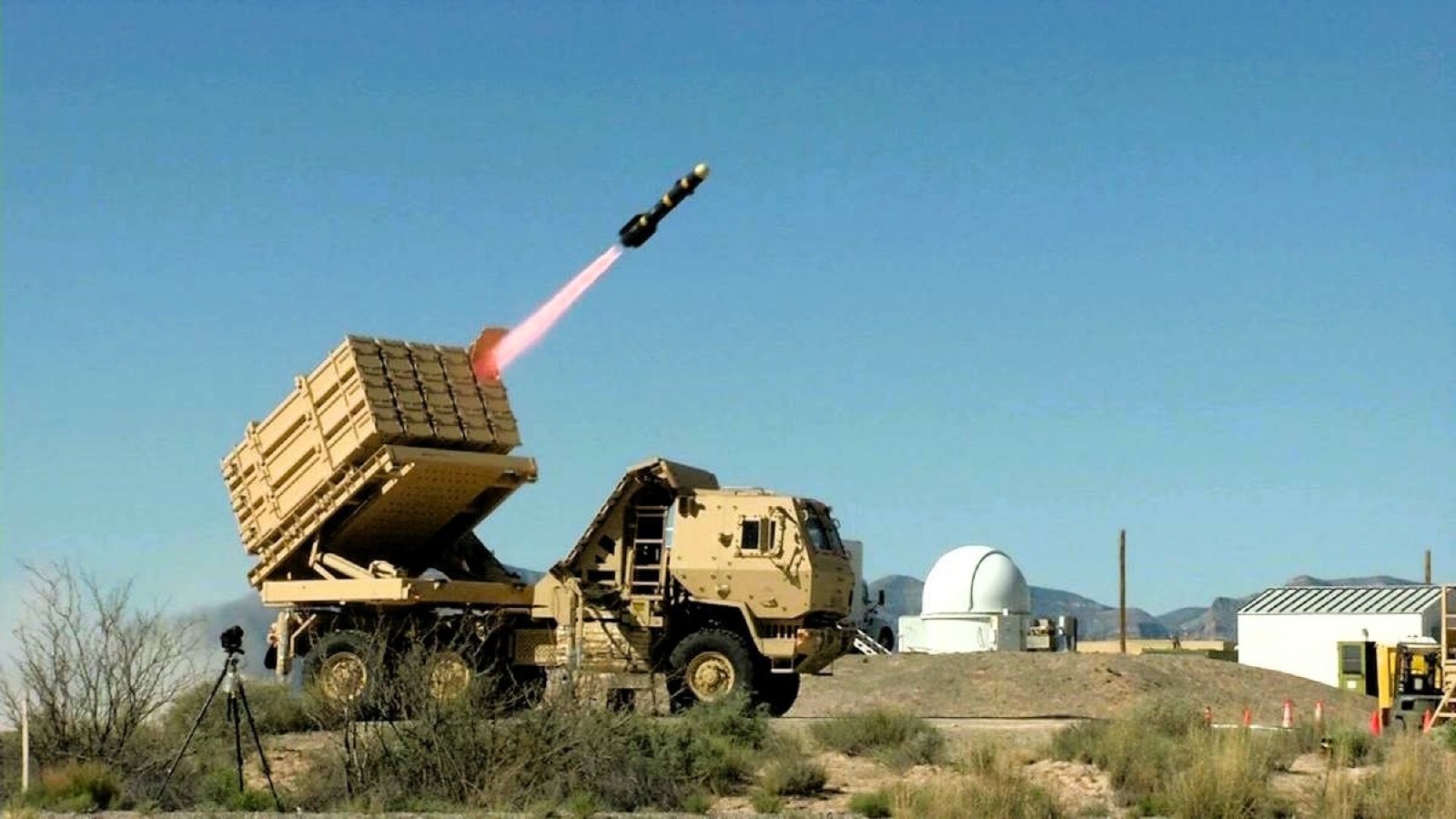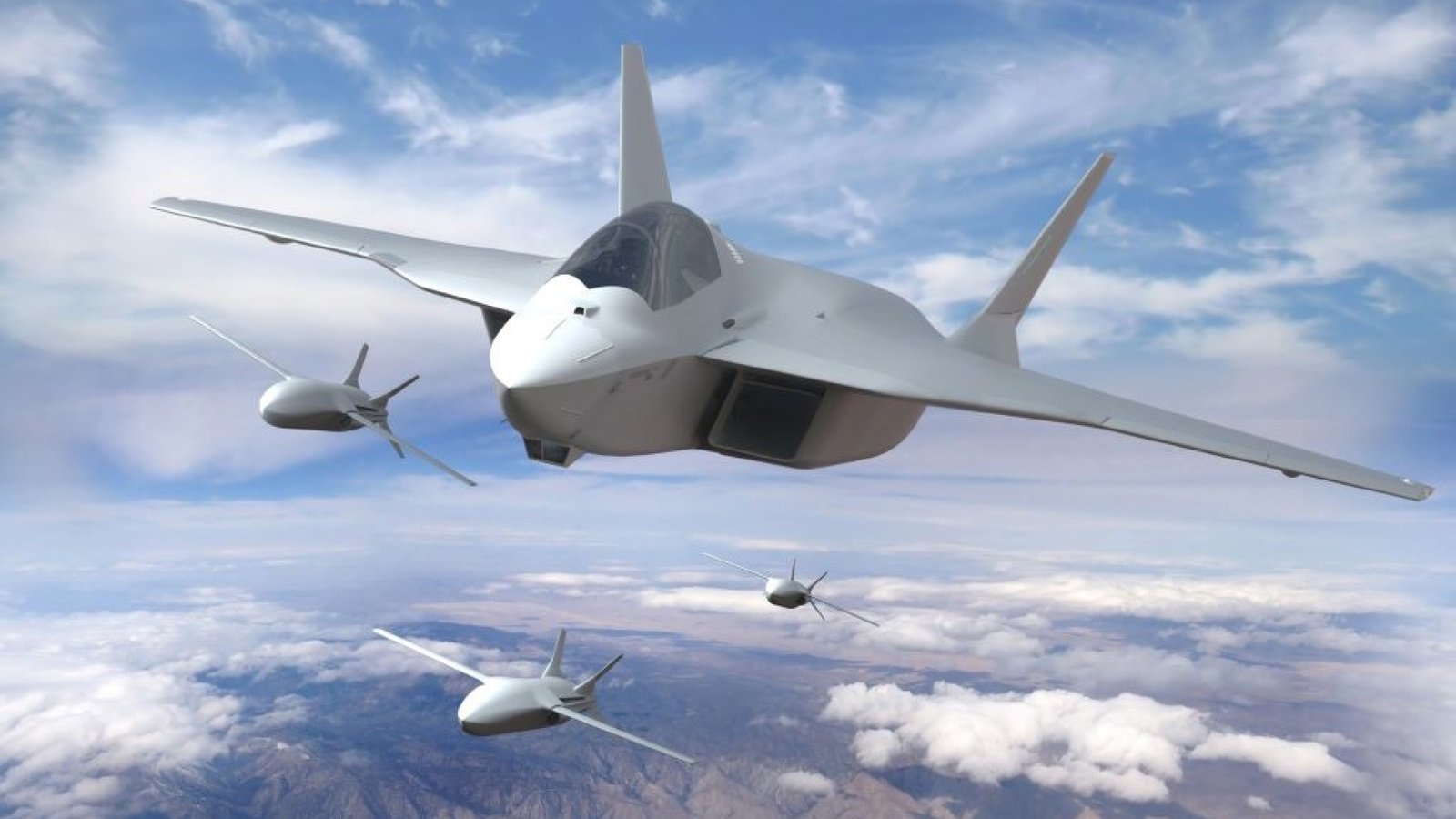
Missile Defense Systems: Market Forecast & Strategic Insights
If history has taught us anything, it’s that humanity never runs out of two things: ambition and anxiety. One drives innovation, and the other makes sure innovation points skyward with a radar system and a few billion dollars attached. Welcome to the world of missile defense systems—a space where physics, politics, and paranoia meet in one of the most complex markets on Earth.
For nations today, missile defense isn’t just an optional line item on a military budget; it’s the insurance policy you buy when your neighborhood is full of unpredictable house parties with hypersonic fireworks. The future of these systems is not just about interceptors and radars; it’s about where global defense strategies converge, how anti-missile technology evolves, and which companies (and governments) will foot the bill. At Blackwater, we track these shifts with the precision of a laser-guided interceptor, delivering market intelligence that ensures our clients always know what’s coming over the horizon—literally and figuratively.
The Sky Isn’t Falling—But Everyone’s Preparing Just in Case
Let’s set the scene. It’s 2025, and defense planners are staring at the chessboard of geopolitics. Russia, China, the U.S., India, Israel, and even smaller states like South Korea are all pouring resources into layered missile defense systems. Why? Because the era of “deterrence” has been upgraded into the era of “deterrence-plus-safety-net.”
Traditionally, military doctrine said: “If you launch at me, I’ll launch back.” Now, the doctrine reads: “If you launch at me, I’ll shoot your missile down, and then I’ll think about whether I want to launch back.” That second line only works if the anti-missile technology is advanced enough to actually keep its promise. Cue billions in R&D.
This shift has created a booming global market where defense companies are racing to refine radar systems, AI-enabled tracking, and hypersonic interceptors. At Blackwater, our analysts see this as more than just a military necessity—it’s an economic ecosystem with staggering implications for contractors, governments, and investors.
From Cold War Umbrellas to AI-Powered Shields
When Ronald Reagan pitched his Strategic Defense Initiative (SDI), nicknamed “Star Wars,” critics laughed at the idea of lasers zapping nukes out of the sky. Decades later, nobody’s laughing. While we’re not quite at the Death Star stage, missile defense systems have evolved from theoretical to operational—and increasingly, they’re predictive.
Today’s systems are layered: short-range interceptors for battlefield defense, medium-range for regional threats, and long-range ballistic interceptors for intercontinental missiles. Add space-based sensors, cyber defense layers, and AI-driven target discrimination, and suddenly the “shield” looks less like science fiction and more like a stock portfolio—diversified, expensive, and designed to hedge against catastrophic loss.
And make no mistake—this isn’t just military hardware. It’s national branding. When a country like India deploys its anti-missile technology, it’s not just protecting cities—it’s broadcasting to neighbors and rivals that its global defense strategies have teeth.
The Economics of Safety: Military Budgets Under Pressure
Here’s where things get spicy. Every government wants a missile shield. But not every government can afford one. That’s where military budgets get political. Defense spending is always a tug-of-war between social programs, infrastructure, and shiny new interceptors. Yet, when security risks escalate, it’s usually the missile programs that get priority.
For instance, the United States spends tens of billions annually on layered missile defense, while NATO allies scramble to modernize systems amid growing Russian tensions. Meanwhile, countries in Asia-Pacific—from Japan to South Korea to Australia—are rapidly scaling their missile defense portfolios in response to North Korea and China.
Blackwater’s research shows a pattern: once one nation invests heavily in defense shields, neighbors follow. Think of it as an arms race, but instead of building more swords, everyone’s buying better shields. For defense contractors and investors, this means steady growth curves, even in shaky economies.
Technology Trends: Faster, Smarter, Deadlier (But in a Friendly Way)
Let’s geek out for a moment. The core challenge of missile defense systems is simple: hit a bullet with another bullet, traveling at multiple times the speed of sound, possibly with decoys. Oh, and do it in bad weather, at night, with limited warning. Easy, right?
That’s why innovation is exploding in:
- Hypersonic interceptors: Because missiles themselves are going hypersonic. Defense must keep pace.
- Directed energy weapons: Lasers are no longer just PowerPoint slides; they’re entering field testing.
- AI and machine learning: No human brain can calculate a hypersonic trajectory with decoys in seconds. But AI can.
- Integrated battle networks: Linking radar, satellites, and ground-based interceptors in one seamless command system.
These advances mean anti-missile technology isn’t just reactive—it’s predictive. The future shield won’t just see the incoming missile; it will calculate the probability of attack, prioritize threats, and deploy resources dynamically.
Regional Forecasts: Where the Market Heats Up
North America
Still the king. The U.S. accounts for the lion’s share of global missile defense spending, with systems like THAAD, Aegis, and GMD. Expect steady growth, driven by modernization and hypersonic defense.
Europe
The war in Ukraine has rewritten Europe’s defense playbook. Nations are pushing collective global defense strategies under NATO, but individual states like Poland and Germany are also ramping up. Expect procurement contracts to rise sharply.
Asia-Pacific
This is the hotspot. From India’s indigenous missile shield to Japan’s Aegis Ashore and South Korea’s KAMD, regional tensions guarantee growth. Blackwater forecasts the Asia-Pacific market to outpace others in percentage terms over the next decade.
Middle East
Israel’s Iron Dome and David’s Sling set the gold standard for operational effectiveness. Meanwhile, Gulf states are increasingly purchasing U.S. and European systems to counter regional threats.
Strategic Insights: Beyond the Battlefield
Here’s the kicker—missile defense systems don’t just shape battlefields; they shape diplomacy. A nation with credible defenses can negotiate from a stronger position. Conversely, countries without shields are often forced into alliances or concessions.
For investors, this means the missile defense market isn’t just cyclical—it’s geopolitical. Every flare-up in international tensions sparks new orders, contracts, and opportunities. Every peace treaty that reduces missile threats? Well, that just means a shift in R&D priorities toward even more advanced systems.
Blackwater’s role here is crucial: we don’t just report the numbers; we interpret them against geopolitical backdrops. We tell clients not just what the military budgets look like, but why they look that way, and what ripple effects to expect in related markets.
The Blackwater Edge
At Blackwater, we don’t sell missile interceptors—we sell clarity. Our analysts track the labyrinth of defense contracts, technology developments, and shifting alliances to map the trajectory of the missile defense systems market. Whether it’s identifying suppliers in hypersonic research, mapping procurement cycles in Asia-Pacific, or interpreting NATO’s collective procurement strategies, we turn noise into insight.
Our intelligence helps defense contractors, policymakers, and investors see not just the dots—but the lines connecting them. That’s the real defense shield: foresight.
Looking Ahead: 2035 and Beyond
So what does the future hold? By 2035, missile defense systems will likely integrate space-based interceptors, operational directed-energy weapons, and AI battle managers capable of autonomous decision-making. Nations will pour even more into military budgets, because while diplomacy is the dream, deterrence is the insurance.
But here’s the paradox: the more effective missile defense becomes, the more adversaries innovate around it. Hypersonic glide vehicles, cyberwarfare against radar networks, and swarm drone distractions are already in development. In other words, the shield is always catching up to the spear.
This dynamic ensures one thing: growth. The missile defense market is not a bubble. It’s a long-term structural demand driven by the reality of modern warfare and the psychology of national security.
Conclusion: Shields Up, Eyes Forward
The 21st century may not be defined by the wars we fight, but by the wars we prevent. And missile defense systems will play a starring role in that prevention. They are the quiet guardians, the trillion-dollar umbrellas no one hopes to open but everyone insists on buying.
At Blackwater, we see beyond the radar blips. We forecast trends, interpret geopolitical drivers, and deliver insights that help clients navigate this high-stakes, high-cost market with confidence. Because in the end, whether you’re a policymaker, a defense contractor, or an investor, the best defense is good intelligence—and that’s exactly what Blackwater provides.



